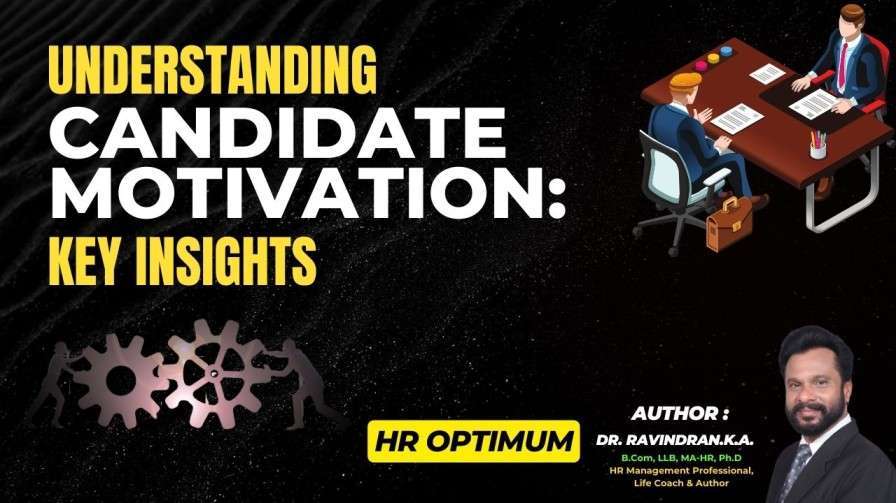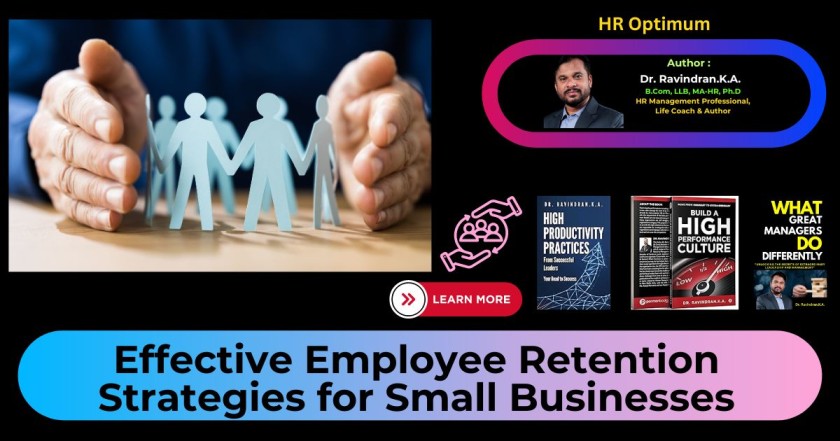In today’s fiercely competitive job market, keeping your best employees, or keeping strategies for employee retention, isn’t just a human resource goal – it’s a business necessity. Finding skilled people is difficult enough. But losing them? That’s where real damage happens. It’s not just about replacing a person—it’s about the time, effort, team disruption, and knowledge loss. More often than not, employees leave not because of the job itself but because of the environment and how they feel in it. This is where HR must play a pivotal, strategic role.
Thank you for reading this post, don't forget to subscribe!In many Indian organisations, especially mid-sized companies, I’ve seen how a lack of structured employee retention strategies creates a revolving-door effect. But when HR teams align with leadership, understand what people truly need, and deliver on those needs with clarity, trust, and consistency—the result is long-term commitment.
Why Strategies for Employee Retention Should Be a Business Priority
Employee retention is far more than reducing hiring costs. High turnover leads to burnout, project delays, inconsistent customer experience, and can seriously dent your company culture. Business leaders who think retention is just “an HR thing” are missing the big picture.
Here’s a fact: According to SHRM, replacing an employee can cost anywhere from 50% to 200% of their annual salary. And when attrition rises, team morale falls. The smarter move is to invest in strategies that make people want to stay
7 Smart Strategies to Retain Your Talent
1. Start With Great Onboarding
The first few weeks are critical. Help employees feel seen, heard, and connected. Introduce them to the team, assign a buddy, and show them their work matters. Don’t make it just about policies—make it about purpose.
2. Invest in Career Growth
People stay where they can grow. Give them access to skill development, clear promotion paths, and challenging projects. Companies like Infosys have internal learning platforms that promote constant upskilling.
3. Talk Less, Listen More
No one wants to feel like a number. Conduct regular check-ins, ask for feedback, and act on what you hear. Create an environment where people are comfortable speaking honestly. Trust is built when employees feel they matter.
4. Be Flexible With Work Styles
The world has changed, and so have employee expectations. Offering hybrid or remote work options, respecting personal time, and focusing on results rather than hours builds goodwill.
5. Appreciate, Don’t Just Evaluate
Celebrate wins—big or small. A personal thank-you from a manager, a team-wide shout-out, or even a handwritten note can create a huge impact. Recognition reminds employees that their work is valued.
6. Keep Pay Fair and Transparent
While money isn’t everything, unfair or unclear pay practices drive people away. Regular salary benchmarking, performance-based bonuses, and communicating compensation structures help build trust.
7. Nurture a Positive Work Culture
Toxic workplaces push people out faster than anything else. Build inclusive, safe, respectful spaces. Encourage collaboration over competition. Take issues like discrimination or bullying seriously—and act fast.
Featured Quote: “Train people well enough so they can leave, treat them well enough so they don’t want to.” – Richard Branson
Indian Examples That Got It Right
HCL Technologies shifted its model to put employees first. Managers became enablers instead of gatekeepers. The shift resulted in better engagement and lower attrition.
At Adobe India, employees have access to internal job openings before external ones are announced. This shows trust and belief in internal talent—and it works. Many employees stay for years, switching roles rather than switching companies.
Why This Matters More Than Ever in India
With startups growing and the job market opening up, people have options. The best talent won’t wait around in a workplace that doesn’t value them. On the flip side, if you get it right – your people become your biggest advocates, recruiters, and growth drivers.
Indian organizations, especially in Tier 2 and Tier 3 cities, need to move beyond reactive hiring and develop proactive retention plans. You don’t need fancy policies—you need genuine intent.
Conclusion: Retention Is Everyone’s Job
Employee retention isn’t about locking people in. It’s about creating a workplace they don’t want to leave. HR can lead, but managers, teams, and leadership all have a role. Ask yourself—are you giving your people enough reasons to stay?
Call to Action: Choose one strategy from this list and commit to it for the next 3 months. Your people are your strongest asset. Invest in them—because when they grow, your business grows.
FAQs on Strategies for Employee Retention
Q1: What are the most effective employee retention strategies?
A mix of strong onboarding, fair pay, clear career growth, and a positive culture works best.
Q2: How can HR measure success in retention strategies?
Track metrics like employee engagement scores, voluntary attrition rates, and internal promotions.
Q3: Why do employees leave companies despite good salaries?
Lack of growth, poor management, feeling unappreciated, or toxic culture are major reasons.
 hroptimum
hroptimum




